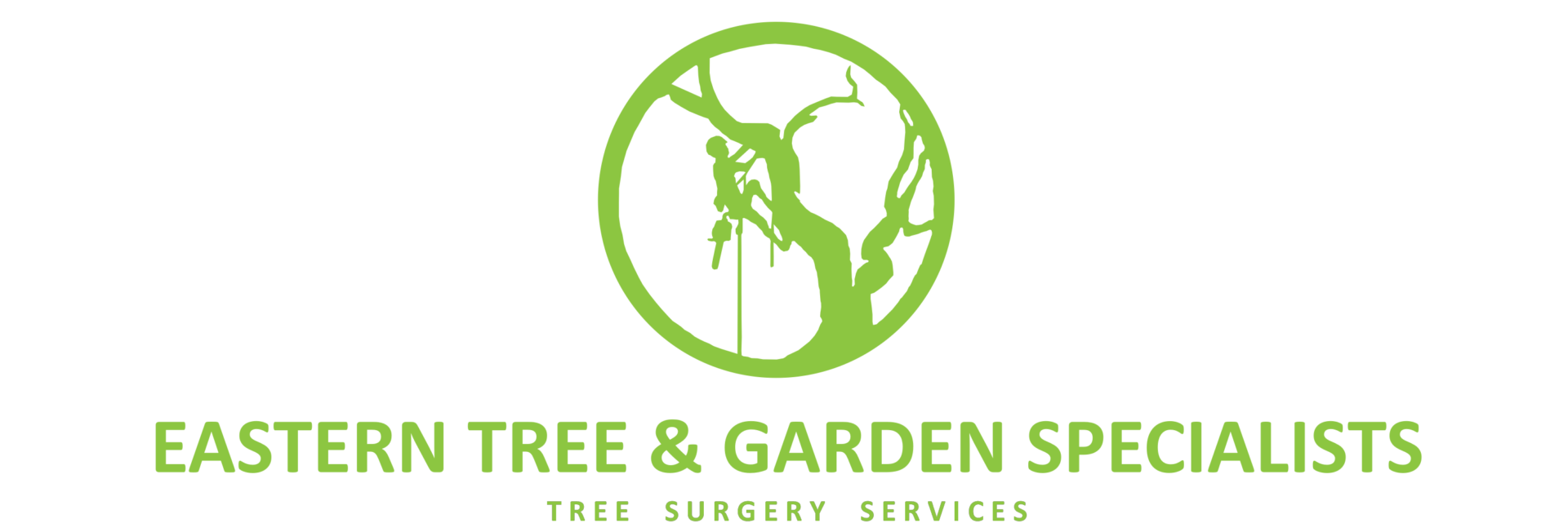Call Us Now:
07783360552
Are you looking for a Tree Surgeon or Gardener in and around Newmarket, Suffolk?
Look no further, we’re here to help!
💳 We now accept Klarna — flexible payments via Stripe. 🌱 1% of your job goes toward reducing CO₂.
Request Your Free Quote – Fast Response Guaranteed
07783360552
✅ Trusted Eco-Friendly Tree & Garden Specialists in Suffolk – Rated 4.9/5 ⭐ on Google
🌿 NPTC Certified & Fully Insured
💸 Flexible Payments with Klarna
🌍 1% Donated to Carbon Offset Projects
🌧️ 24/7 Emergency Response Available
🌿 Managing Invasive Rhododendron in Newmarket, Suffolk
NPTC-Certified | Fully Insured | Eco-Conscious | Klarna via Stripe | 24/7 Emergency Callouts
Eastern Tree & Garden Specialists – Trusted Vegetation Control Experts
Rhododendrons may look beautiful, but in many parts of the UK—including Newmarket, Suffolk—they are a growing ecological concern. These fast-spreading evergreen shrubs are considered a highly invasive species, threatening the health of native plants, wildlife habitats, and even managed woodlands like Thetford Forest.
If you’re dealing with uncontrolled Rhododendron growth, Eastern Tree & Garden Specialists is here to help.
🌲 Core Tree Surgery Services
- Emergency Tree Removal: 24/7 storm response with Klarna.
Precision Pruning: Deadwood removal & disease prevention.
Stump Grinding: Full removal included in all jobs.
Hedge Care: Trimming, shaping, and planting.
🏡 Garden & Ground Maintenance
Lawn Care | Fencing | Pest Control | Soil Health
🌸 What Is Rhododendron and Why Is It a Problem?
Originally introduced from Asia as ornamental plants, rhododendrons have escaped gardens and now dominate vast areas of countryside, woodland, and parkland. Their dense, fast-growing thickets block sunlight and suppress native plant life beneath.
Major issues caused by Rhododendrons:
🌱 Suppress native plants by forming dense canopies that block light
🌳 Reduce biodiversity by altering soil chemistry with toxic compounds
🐝 Disrupt habitats for insects, birds, and woodland wildlife
🔥 Increase fire risk due to dry, woody undergrowth
💧 Affect drainage and water uptake in delicate environments
One of the worst-affected areas is Thetford Forest, where Rhododendron infestations are actively being removed to restore native heathland and woodland ecosystems.
🧹 How to Control and Remove Rhododendrons
Rhododendrons are notoriously difficult to eradicate. Simply cutting them back isn’t enough—they regenerate aggressively from stumps and roots unless removed properly.
At Eastern Tree & Garden Specialists, we use proven strategies to tackle Rhododendron invasions effectively:
✅ Our Rhododendron Management Includes:
Full site assessment and infestation mapping
Mechanical removal of plants and roots
Stump treatment to prevent regrowth
Environmentally safe herbicide application, where appropriate
Ongoing site monitoring and maintenance
We adapt our approach depending on the scale of infestation, location, and the surrounding ecosystem.
❓ FAQs: Rhododendron Problems in Newmarket, Suffolk
1. Why is Rhododendron considered invasive in the UK?
Rhododendrons spread quickly, smothering native plants, degrading soil quality, and reducing biodiversity. They’re particularly problematic in unmanaged woodland and heathland areas like Thetford Forest.
2. Can I remove Rhododendrons myself?
You can try, but full removal is challenging without proper tools and techniques. Rhododendrons regrow aggressively from roots and stumps. Professional removal ensures long-term control.
3. Do Rhododendrons harm wildlife?
Yes. By replacing native plants and altering the environment, Rhododendrons reduce food sources and nesting areas for insects, birds, and mammals.
4. Are herbicides necessary to remove Rhododendrons?
In many cases, yes—especially to stop regrowth. However, we use herbicides responsibly and only when mechanical removal alone won’t suffice.
5. Can Rhododendrons be left in gardens safely?
If well-managed and prevented from spreading, they can be contained. However, it’s essential to monitor their growth and prevent encroachment onto wild land.
6. What happens to the removed plant material?
We dispose of all Rhododendron material responsibly—usually by chipping or removing it for controlled disposal in line with environmental guidelines.
🌍 A Sustainable, Responsible Approach
We don’t just cut and clear. At Eastern Tree & Garden Specialists, we take environmental responsibility seriously. Our methods prioritise long-term control with minimal disruption to surrounding habitats.
Where possible, we recommend replanting with native species that restore balance and benefit pollinators, birds, and other wildlife.
🏡 Serving Newmarket and the Suffolk Region
Whether you’re a homeowner with spreading Rhododendron in your garden or a land manager dealing with an out-of-control infestation, we’re your local experts. Based in Newmarket, we proudly serve Suffolk, Cambridgeshire, and surrounding areas, helping clients restore land to its natural, healthy state.
🌿 Contact Eastern Tree & Garden Specialists Today
Whether you’re looking to remove a dangerous tree, plant a privacy hedge, or revitalise your garden, Eastern Tree & Garden Specialists are here to help.
✅ Free, no-obligation quotes
✅ Fully insured & highly rated
✅ Serving Cambridge and surrounding villages




Call Us Today | Free Quote Form
Let’s bring your vision to life — safely, sustainably, and with real local care.




